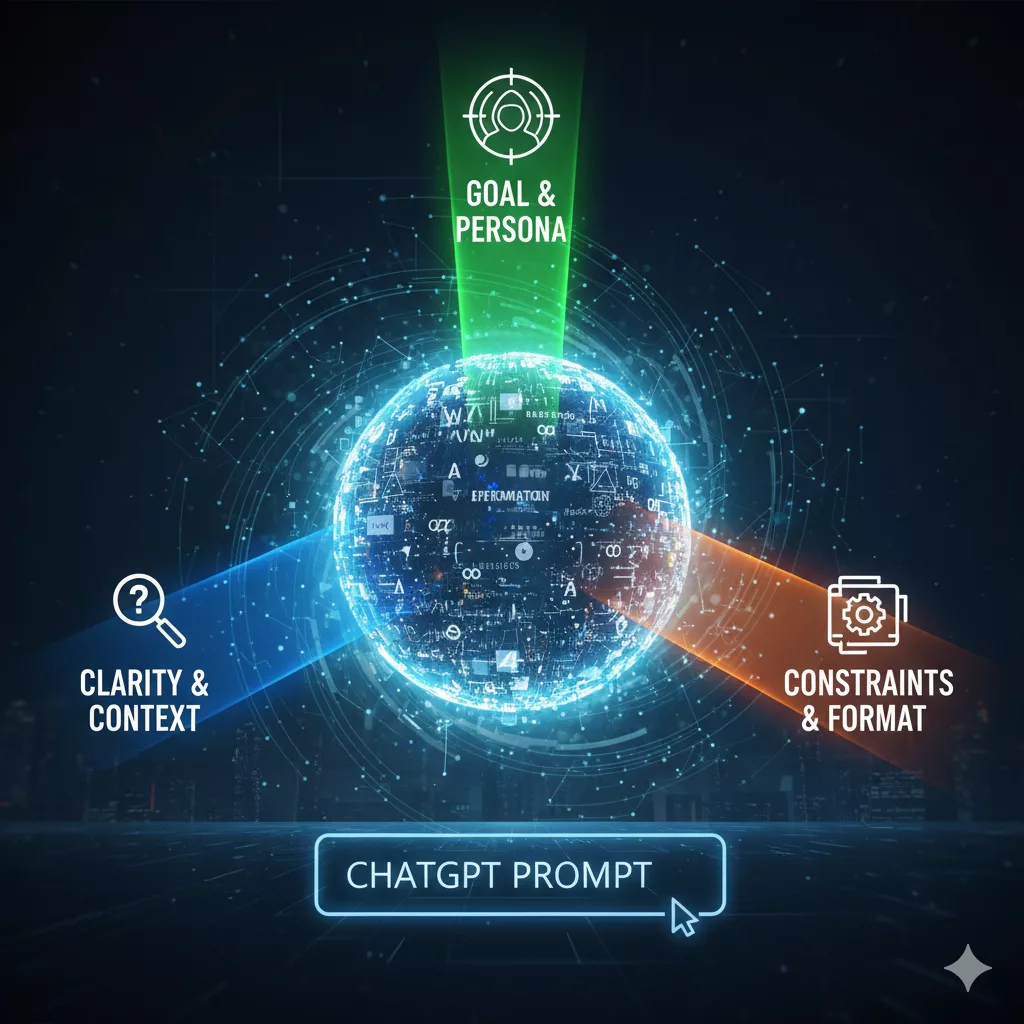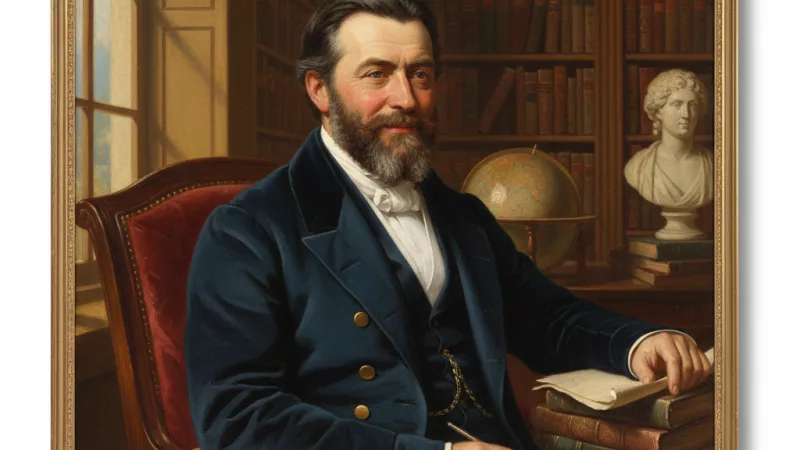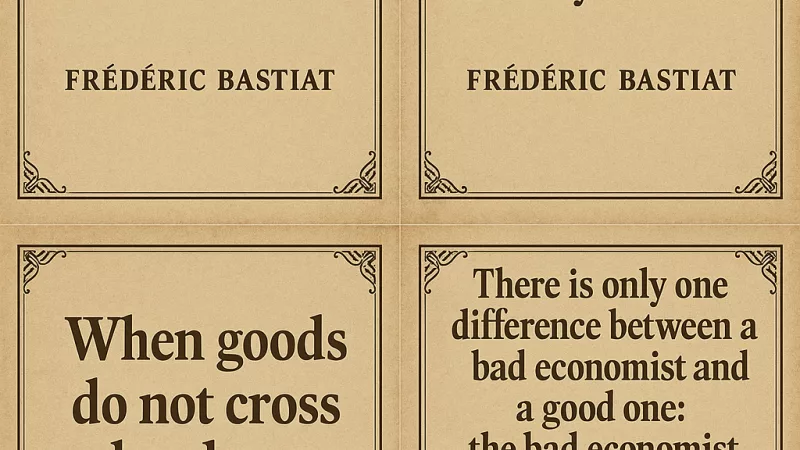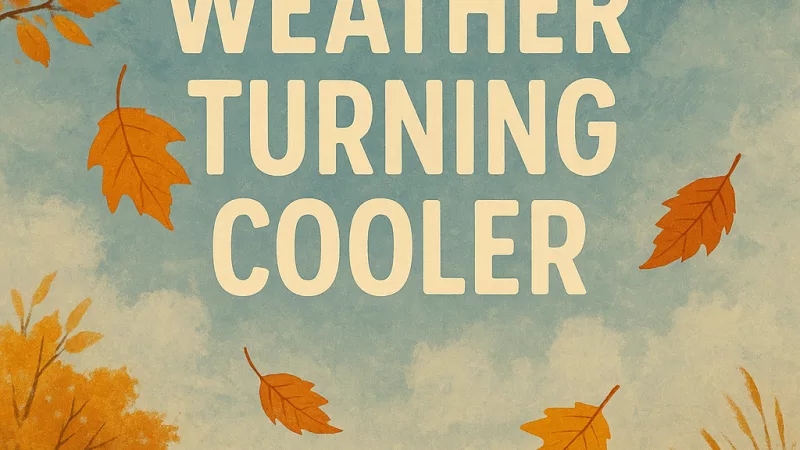Day 14/100 Slow Progress

Slow Progress
Stormin’
- https://www.youtube.com/watch?v=OrPsJSxdpxI
- https://www.youtube.com/watch?v=nygR3g0-lts
- https://www.youtube.com/watch?v=pgnMuqymv6I
- https://www.youtube.com/watch?v=i-mI7zzCvJc
- https://www.youtube.com/watch?v=cjCPNRwBMq4
- wall sits
- dead hang
- planks
- deep squats
- hollow body hold
- https://www.youtube.com/watch?v=X6DAKy9jjzc
=====
Here’s a detailed breakdown of the history, size, and cost of the Big Mac — and how it compares to recent years:
1. When it was invented
- The Big Mac was created by franchisee Jim Delligatti in his McDonald’s restaurant in Uniontown, Pennsylvania and went on sale on April 22, 1967. (foodandwine.com)
- It was then rolled out nationwide in the U.S. in 1968. (Success Franchise Advisors)
2. Original size & cost
- The original testing cost for the Big Mac was 45 cents. (pabook.libraries.psu.edu)
- In terms of size, one source lists that the Big Mac consists of two patties each about 1.6 oz (uncooked) of beef. (en.wikipedia.org)
- There is some debate on whether the size has changed over time — one ≠fact-check states that the burger weighed about 7.5 oz at one point. (yahoo.com)
3. How it compares to 2022 / recent prices
- While I couldn’t find a precise U.S. national average for the Big Mac in exactly 2022 in one consistent source, here are some recent data points:
- A “What a McDonald’s Big Mac Cost the Year You Were Born” article shows the average price in Jan 2024 was about US$5.69. (eatthis.com)
- Another source reports that by the end of 2022 the price of a Big Mac in the U.S. was expected to go past US$7. (hellosafe.ca)
- McDonald’s corporate “Myths vs. Facts” document says the average price of a Big Mac in 2019 was US$4.39 and in 2024 was US$5.29 (which suggests the figure depends on location/franchise). (corporate.mcdonalds.com)
- So comparing:
- 1967: ~US$0.45
- 2022 (approx.): somewhere between ~US$5.50-US$7 depending on region (some estimates suggest ~US$7)
- That’s roughly a 12- to 15-fold increase in nominal dollars over ~55 years.
4. Observations and caveats
- Because the Big Mac is sold by many independent franchisees and prices vary by region, the “average price” is an approximation and may differ significantly depending on state or city.
- Inflation, changes in food costs, labor, rent, and local pricing strategies all contribute to price increases beyond just standard inflation.
- The “size” in terms of patties has apparently remained two patties, but the exact weight and portion may have changed slightly over time or vary by country.
- When comparing cost across time, one should keep in mind inflation: US$0.45 in 1967 would be equivalent to much more in today’s dollars.
- The “Big Mac Index” (by the The Economist) uses the Big Mac price as a tool to compare purchasing-power parity across countries. (en.wikipedia.org)
Here’s a table summarizing price data for the Big Mac in the U.S., with inflation-adjustments to put them in rough “2022 dollars” (or as close as available).
Note: Some values are estimates or averages, so treat them as approximate.
| Decade / Year | Reported Average Price | Approximate Inflation-Adjusted Price (to 2022) | Notes |
|---|---|---|---|
| 1967 | US$0.45 | ≈ US$4.30 – US$4.40 | The burger was introduced in 1967 for 45¢. (Cheapism) |
| 1970s | ~US$0.65 | ≈ US$5.10 | Average price in the 1970s ~65¢. (Cheapism) |
| 1980s | ~US$1.60 | ≈ US$4.50 | Reported ~US$1.60 in the 1980s. (Cheapism) |
| 1990s | ~US$2.45 | ≈ US$5.80 | Report from a menu photograph. (Cheapism) |
| 2000 (early) | ~US$2.24 | ≈ US$3.50-4.00 | Based on “in 2000 a Big Mac averaged about US$2.24”. (finance.yahoo.com) |
| 2013 | US$4.18 | ≈ US$4.60-5.00 | From a 2013 figure. (finance.yahoo.com) |
| 2019 | US$4.71 | ≈ US$5.20 | Figure from the Big Mac Index in 2019. (finance.yahoo.com) |
| 2022* | ~US$5.50-6.00 (estimate) | ≈ US$5.50-6.00 | Precise 2022 average is not clearly published; recent estimates in 2024 show US$5.69. (Eat This Not That) |
*For 2022 the figure is estimated, since exact “average” published data for that year is scarce.
Key observations
- The original 1967 price (45¢) when adjusted for inflation (~$4.30) suggests that in “real” terms the Big Mac cost about what fast food does today — i.e., not wildly cheap compared to today’s value.
- The price rises over time roughly track inflation, though local/regional variations, franchise pricing, and changes in input costs (labor, ingredients, rent) also play a role.
- By the 2010s and beyond, the average price has risen in nominal terms to ~$5+, with variation by state and city.
- Because of regional variation, the “average U.S. price” is a rough figure; in some metro areas the burger costs significantly more. (FlowingData)
=====
🧭 The Best Elements of a Strong ChatGPT Prompt
A great prompt gives context, clarity, and constraints — it tells me what, why, and how you want your answer.
1. Role or Perspective
Start by assigning me a role so I can match tone, depth, and reasoning style.
Example:
“You are an experienced literary agent specializing in nonfiction books for seniors.”
This helps tailor the tone, vocabulary, and structure of the answer.
2. Objective or Task
State exactly what you want done — describe the output, not just the topic.
Example:
“Write a 500-word blog post explaining how seniors can find new meaning after retirement.”
That’s clearer than just saying, “Write about seniors and retirement.”
3. Audience
Specify who the content is for. It changes how I phrase and frame information.
Example:
“Write for seniors aged 65+, using simple, encouraging language.”
4. Tone and Style
Describe the voice you want — friendly, professional, humorous, reflective, etc.
Example:
“Keep it conversational, warm, and slightly humorous.”
5. Format
Tell me how to organize it — bullets, table, essay, dialogue, Markdown, etc.
Example:
“Use Markdown headings and bullet points for clarity.”
“Create a 5-point checklist with short explanations.”
6. Length or Depth
Give a ballpark word count or level of detail.
Example:
“Around 300 words, focused on key ideas.”
“In-depth analysis (about 1,000 words).”
7. Constraints or Style Rules
If there are specific things you don’t want — list them.
Example:
“Avoid technical jargon and motivational clichés.”
8. Follow-up Intent
If you’re building a series or workflow, mention it.
Example:
“This will be Chapter 2 of an ebook, so keep the tone consistent with earlier chapters.”
🧩 Example of a Well-Built Prompt
“You are a minimalist lifestyle coach writing for retirees who want to simplify their lives.
Write a 600-word blog post titled ‘Declutter Your Mind Before Your Home.’
Use Markdown for headings, a friendly tone, and short paragraphs.
End with 3 reflection questions for the reader.
Avoid clichés like ‘live your best life.’”
🧠 Do You Need to Use Markdown?
Not required, but highly recommended for readability.
Markdown helps structure your prompt and output neatly — for example:
- # Heading = big title
- ## Subheading = section title
- *Bullets* or – Bullets = list
- **Bold** = emphasis
It’s especially useful when:
- You want structured output (like outlines, reports, lists, or ebooks)
- You’re publishing on platforms like WordPress, Substack, or Medium
- You plan to reuse the content in PDFs, docs, or blog posts
If you’re just chatting or brainstorming ideas, plain text is fine.
🧩 Perfect ChatGPT Prompt Template
ROLE / CONTEXT:
You are a [specific role or expert identity].
(Example: “You are a professional copywriter and marketing strategist for senior-focused brands.”)
GOAL / OBJECTIVE:
Your task is to [what you want accomplished].
(Example: “Write a 500-word blog post introducing the concept of practicing poverty for seniors.”)
AUDIENCE:
The intended audience is [who it’s for].
(Example: “Men and women over 65 who are exploring minimalist living or early retirement.”)
TONE & STYLE:
Use a [tone, voice, or style].
(Example: “Warm, simple, and lightly humorous—like a friend sharing wisdom.”)
FORMAT:
Structure it using [Markdown / bullet points / numbered list / table / short paragraphs / etc.].
(Example: “Use Markdown with clear section headings and 3 reflection questions at the end.”)
LENGTH / DEPTH:
Make it about [word count or detail level].
(Example: “Around 600 words, with examples and a practical takeaway.”)
CONSTRAINTS / AVOID:
Avoid [specific things you don’t want].
(Example: “Avoid buzzwords and motivational clichés.”)
FOLLOW-UP INTENT (optional):
This will be part of [book / course / series / blog / etc.]. Keep the style consistent.
(Example: “This is Chapter 2 in my ebook, so use the same voice as Chapter 1.”)
💡 Quick Example Filled Out
ROLE / CONTEXT: You are a minimalist life coach writing for retirees who want to downsize and live with less.
GOAL: Write a short blog post titled “Why Letting Go Feels So Good (Eventually).”
AUDIENCE: Seniors who are learning to declutter their homes and minds.
TONE: Gentle, encouraging, and slightly humorous.
FORMAT: Use Markdown headings and short paragraphs. End with a one-sentence reflection.
LENGTH: About 450 words.
AVOID: Don’t use generic phrases like “live your best life” or “embrace change.”
FOLLOW-UP: This is part of a weekly blog series called The Practicing Poverty Journal.
✳️ Bonus Tip:
If you want even better results, add:
- ✅ Examples of what you like (“Write in the same tone as James Clear or Pico Iyer.”)
- ✅ Output format (“End with 3 bullet takeaways or a table summary.”)
- ✅ Iteration request (“Give me 3 versions with slightly different tones.”)
🧭 1. WRITING PROMPT TEMPLATE
(For blog posts, ebooks, articles, newsletters, etc.)
ROLE / CONTEXT:
You are a [writer / coach / author / editor / storyteller] who specializes in [topic or audience].
GOAL:
Write a [blog post / ebook chapter / newsletter / essay] titled “[insert title]” about [main topic].
AUDIENCE:
Write for [describe audience — e.g., “retirees exploring simple living” or “men over 70 rebuilding their health”].
TONE & STYLE:
Use a [tone: warm / reflective / humorous / practical / poetic / minimalist, etc.].
Keep sentences short and engaging.
FORMAT:
Use Markdown headings (##, ###), short paragraphs, and bullet lists when useful.
End with a takeaway, quote, or reflection question.
LENGTH:
Around [word count or page length].
AVOID:
Avoid [specific clichés, buzzwords, or overused phrases].
FOLLOW-UP INTENT (optional):
This is part of a larger series called [project or blog name]. Keep tone and style consistent.
✅ Example:
You are a minimalist life coach for seniors. Write a 600-word blog post titled “The Joy of Doing Without.”
Audience: Retirees interested in practicing poverty.
Tone: Reflective, simple, and gently humorous.
Format: Markdown headings and a final reflection.
Avoid clichés like “live your best life.”
💼 2. BUSINESS & MARKETING PROMPT TEMPLATE
(For offers, sales pages, emails, or social media posts)
ROLE / CONTEXT:
You are a [copywriter / brand strategist / marketing coach] helping [type of business or customer].
GOAL:
Create a [sales email / landing page / headline / social media post] promoting [product, service, or offer].
AUDIENCE:
The audience is [target group: e.g., “retirees living on a fixed income who want to earn online”].
TONE & STYLE:
Use a [persuasive / conversational / empathetic / senior-friendly / direct] tone.
Keep it clear, positive, and action-oriented.
FORMAT:
Use [short paragraphs / bullet benefits / call-to-action at end].
KEY MESSAGE:
Emphasize [the main transformation or benefit].
INCLUDE:
- Hook or headline
- Short story or relatable example
- 3–5 bullet benefits
- Clear call to action (“Learn more,” “Join now,” etc.)
AVOID:
Avoid hype, overpromises, or technical jargon.
FOLLOW-UP INTENT (optional):
This will be part of an ongoing campaign or newsletter sequence.
✅ Example:
You are a senior marketing coach. Write a persuasive email promoting my “Simple Income Online” workshop for retirees.
Audience: Seniors on Social Security who want to earn extra income.
Tone: Friendly, conversational, practical.
Include 3 benefits and a link to register.
Avoid exaggeration or “get-rich” language.
🔍 3. ANALYSIS & CRITIQUE PROMPT TEMPLATE
(For book reviews, business ideas, strategies, etc.)
ROLE / CONTEXT:
You are an expert [literary agent / market analyst / editor / strategist] with qualitative data skills.
GOAL:
Analyze [book / idea / strategy / marketing plan] titled “[name]”.
TASK:
Evaluate it across four key dimensions:
- Strengths
- Weaknesses
- Why the audience buys or likes it
- Why they may not buy or disengage
AUDIENCE / MARKET CONTEXT:
Consider the typical readers or users, their interests, and what they seek.
TONE & STYLE:
Professional, concise, and insight-driven — similar to a literary market report.
FORMAT:
Use Markdown headings (## Strengths, ## Weaknesses, etc.)
Each section should be 1–2 short paragraphs.
OPTIONAL ADD-ONS:
- Add 3 improvement ideas.
- Suggest 2 alternative titles or positioning strategies.
✅ Example:
You are a literary analyst. Analyze the book Ikigai: The Japanese Secret to a Long and Happy Life.
Provide insights on strengths, weaknesses, why readers loved it, and why some didn’t.
Use Markdown headings and keep it under 800 words.
Add suggestions for improvement or next edition angles.
✳️ Pro Tip: Use the “+ Add Context” Layer
You can always expand any of these by adding:
- “Pretend this is for my site PracticingPoverty.com — focus on older minimalists.”
- “I’ll use this in a Substack newsletter — make it conversational.”
- “Make it sound like an NPR commentary.”
Each extra sentence of context increases accuracy and originality.
✅ Here’s your downloadable PDF:
Perfect_ChatGPT_Prompt_Toolkit_for_Writers_and_Creators.pdf
It includes the three ready-to-use templates (Writing, Business & Marketing, and Analysis & Critique), plus “Pro Tip” context layers — formatted cleanly for printing or desktop reference.
=====





